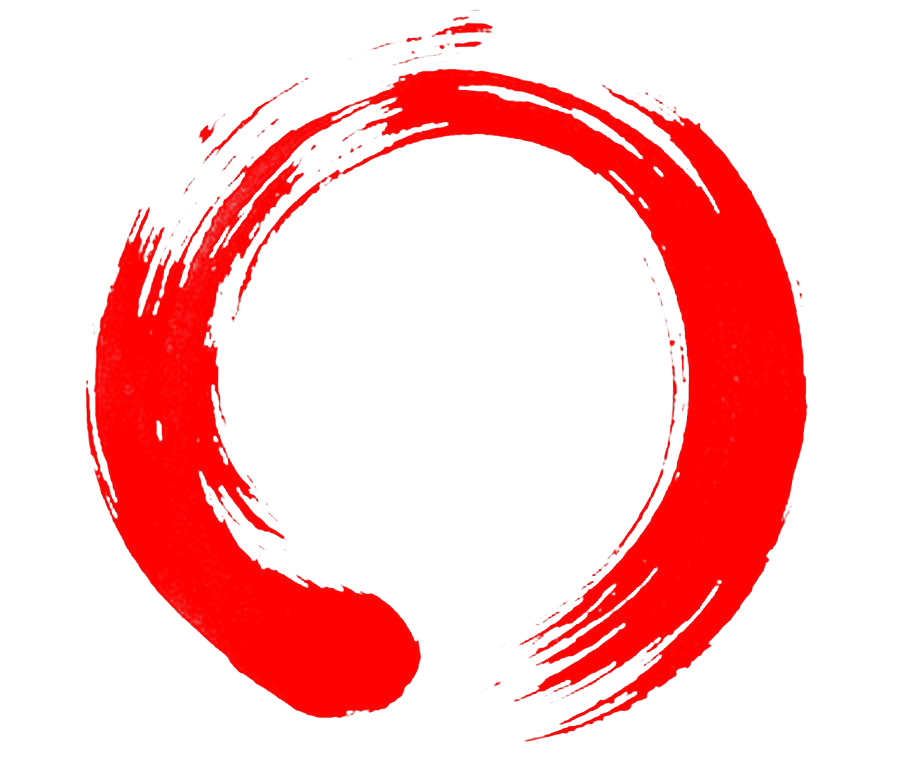The crossing of southeast asia
Vietnam
The arrival is unspectacular. There is just nobody there. The sea has no interest for me either. Gray and a bit abandoned, it blends into the environment. So here is the final of my bike ride that began on the Bengal Gulf and took me through Myanmar, Thailand, Laos and Vietnam to the South Chinese Sea.
I’ve arrived and standing on the beach of Cua Lo. From here you can only continue by boat to the east. And the feeling of arriving sets in. It is more of a melancholy moment, because something has been completed. And so this emotional situation fits into the monotony of the landscape.
Xing borders
It’s been two days since I arrived from Laos via Cau Tre to Vietnam. If the Laotian border post was still rather sleepy and quite discreetly embedded on the pass, then the full splendor of communist concrete architecture awaited me on the Vietnamese side. A huge UFO, whose sole task was to ostentatiously document the Vietnamese power relations. After I finally found the responsible border officer in the UFO, told him not to need a visa, and paid the compulsory dollar stamp duty, I could look forward to a twenty-kilometer descent.
The roads in Vietnam are not always in good condition and as a cyclist you are student food for the countless motorized large trucks. So I’m looking for a way through the backcountry to Vinh.
Standing time
Agriculture, no heavy traffic and a direct proximity to the people of the region characterizes the drive through the backcountry. Even though very few people speak English here, but the warmth speaks from the eyes of the people. And behind the mouthguard, which is obligatory, one can imagine many a smile. After a day off the main roads and cities, Vinh appears in the dust in front of me.
Vinh
Myriads of moped riders are fleeing the city. It almost seems as if only tourists remain overnight. In their flight, they stir up so much dust that the skyscrapers and towers can only be guessed from afar. That’s how the smoggy, chinese cities must look-a-like. Nobody has ever heard of pollution here. And then I reach this city, of which I have not heard before and even still don’t know what it really stands for. A big city, in the middle of dust and equipped with countless hotel castles, as if it were a central starting point for anything. The squares of the revolution are empty and well guarded. The neighborhoods around the central main street are almost uninhabited in the evening. Only a few things scurry through the garbage. Vinh is very modern. Western food culture and shopping malls can be found here as well as countless banks and industrial facilities. But the city keeps its secret well.
It is not far from here to the sea. Here the low season draws its traces. Empty streets along the coast, empty squares and countless customer-facing restaurants. Somehow melancholic and somehow lifeless gray – this place by the sea.
And so I go to Hanoi, hoping for a nice reunion.
Only three years
It’s been three years since Hanoi attracted me with the flair of the Vietnamese way of life, coupled with communist remnants. Since expectations are always disappointed, I am glad that this time not too high expectations. Because, it seems, almost every city and every country in the East Asian region is undergoing a process of change.
A process driven mainly by tourists, travelers and vacationers, which has the peculiarity to drive away the charm and the flair of the peculiarity. There remain interchangeability, commerce and the constant availability of everything and everyone.
And even Hanoi did not escape this process. Busy streets give way in the evening to a night market that deserves the name fair. Flooded with Chinese plastic items, the area around Hoa Chiem Lake is gaping and noisy. Shopaholics, running bag soups and incredibly much superficiality crowd. The marriageable couples have disappeared. Even the small traders and the lonely seniors, who have met here to exchange with the travelers, have disappeared.
I have not walked a hundred meters and I already have the first massages with “happy ending” of moped-driven salesmen offered. The times they are a changing.
Future’ s not waiting
And so I spend the rest of my time in Hanoi in the suburbs, searching for the past originality of this city.
And sometimes the warmth flashes in a smile, the mysticism in a temple song or the city beats in the pulse of thousands motorcycle riders waiting for green light. And I dive back into this stream of motorcycle riders and into this traffic river, which never seems to end and enjoy the last hours in this city.
It’s about patience and serenity and being in the middle of it.
And from the story of arriving.
